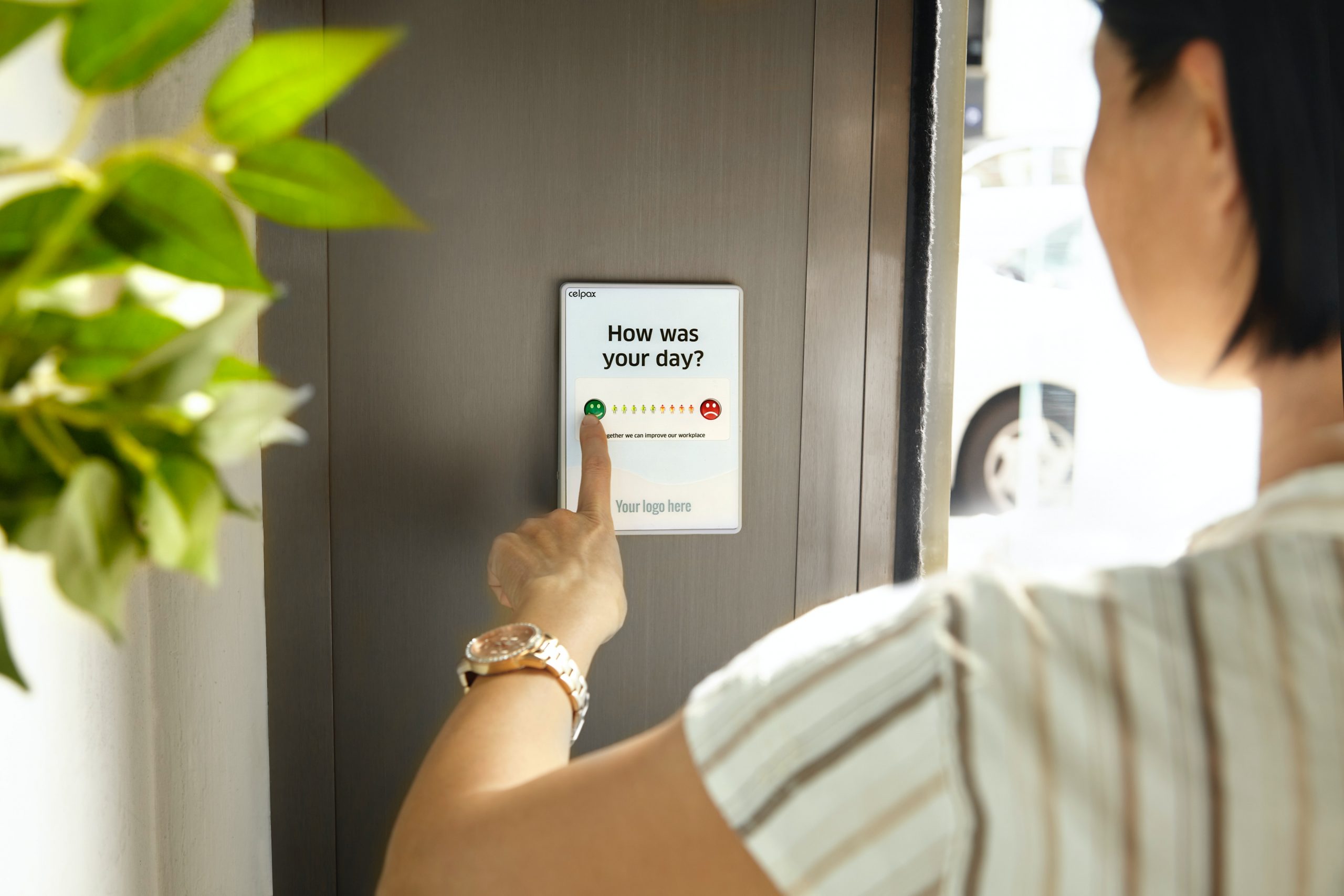Last year, the average UK employee lost around 2.33 hours a week due to challenges using software, according to the 2023 State of Digital Adoption report*. Scale that up to a company of 5,000 people and that’s over 600,000 working hours lost every year – and a hit of many hundreds of millions to the economy.
Ironically, these lost hours are due to companies trying to raise levels of productivity and efficiency through digital transformation. But investing in new tech is only one part of the puzzle. After all, there’s no point in having cutting-edge tools if your employees don’t know how to use them.
So, a huge part of digital adoption is actually about helping the people who’ll be using the new software to accept, use and maximise it. Because when technology is easy to use, employees work smarter. This in turn creates a positive cycle: when staff enjoy a better overall experience at work, more gets done, and productivity increases.
Why is digital adoption not working for workers?
There’s no doubt that more companies are making the move towards digital transformation. Eighty-five percent of business leaders see digital adoption as a priority, while over the past 12 months, the average large firm spent £1.8m on new software.
But this only tells a fraction of the story. Userlane’s report shows that 91% of UK companies have experienced failed software investments. The results were very similar for companies surveyed in Germany.
Here’s where the problem lies: while companies are keen to invest in software, they’re not investing the same time and resources in the people using the software. In many cases, staff are simply expected to know how to use the new technology and get on with it.
This doesn’t simply result in hours wasted and reduced productivity, but also in a poor employee experience.
The numbers tell their own story. Just over half of all employees are using more software than this time last year, with most saying that doing so without frustration or difficulty is important to their productivity (75%) and happiness (68%) at work.
Yet just six out of every ten people believe their business is providing them with sufficient training, while half reported that remote working has forced them to solve software-related issues by themselves.
This can have damaging consequences: poor digital adoption can lead to staff being more resistant to adopting new technologies again in the future; training costs will be higher; and IT departments will be under pressure to solve problems that could otherwise be handled by individuals.
Here are five tips for avoiding this scenario by building a people-centric digital adoption strategy:
1. Open lines of communication with staff at the earliest stages.
Good communication key to improving digital adoption – and that means listening to employees as well as directing them. Currently, only 62% of employees feel their business explains plans for a digital transformation clearly enough.
Failing to consider employee needs will create unnecessary resistance to change from the outset.
2. Make digital adoption a company-wide strategy.
While most businesses place responsibility on the IT team, managing a digital transformation shouldn’t fall solely to a single department – it calls for input from across the business, including executive leadership, team managers, the HR and L&D teams and, of course, employees themselves.
By allocating internal resources and creating task forces, a company won’t just lessen the impact on the IT support desk, it will also empower staff to become more self-sufficient.
3. Offer a range of software training options
A blended approach incorporating traditional and leading-edge techniques is best. Encouragingly, our report suggests companies are leaning towards offering more interactive, self-guided training options in the near future, including interactive virtual training sessions (42%), simulations (42%) and gamified learning (40%).
4. Use a digital adoption platform (DAP) to help the process.
Digital Adoption Platforms (DAP) are a more recent addition to the enterprise toolkit, aiming to empower employees with on-demand software support. A DAP is a bit like a navigation system in a car, seamlessly guiding employees through their software tasks with context-sensitive guidance. The result is that they learn while doing, rather than learn then do, which maximises knowledge retention and productivity.
5. Measure digital adoption.
Measuring the impact of improved digital adoption is vital, but methods vary greatly. Userlane proposes a standardised framework known as ‘HEART’ to address this challenge. It includes measuring employee happiness, engagement, adoption, retention, and task completion to effectively evaluate progress.
Having a single, consistent method for tracking which software people are using just makes sense, especially when you consider that a business may be tracking the adoption of hundreds of different applications at any one time.
Business leaders can also more easily identify opportunities to optimise tech spend, minimising the number of underutilised and redundant licenses and, crucially, simplifying software experiences for staff.
*Userlane









